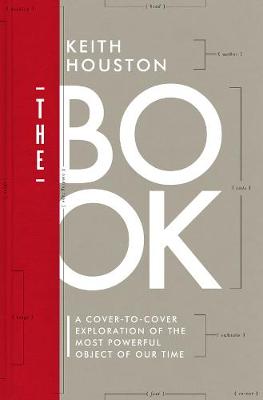Reviewed by MurderByDeath on
Reading updates
- Started reading
- 1 August, 2017: Finished reading
- 1 August, 2017: Reviewed

In The Book, Keith Houston reveals that the paper, ink, thread, glue and board from which a book is made tell as rich a story as the words on its pages—of civilisations, empires, human ingenuity and madness. In an invitingly tactile history of this 2,000 year-old medium, Houston follows the development of writing, printing, the art of illustrations, and binding to show how we have moved from cuneiform tablets and papyrus scrolls to the hardcovers and paperbacks of today. Sure to delight book lovers of all stripes with its lush, full-colour illustrations, The Book gives us the momentous and surprising history behind humanity’s most important—and universal—information technology.
Praise for Shady Characters:
"Punctuation is not a mere ornament or a curiosity—it is essential, and we need to know about it. Keith Houston’s history is entertaining and readable."—The Guardian
"Engaging typographical journeys... Houston brings to life a history of ingenuity and imagination."—The Times
"[S]cholarly, highly readable and, on some deeper level, slightly deranged."—The Spectator
"Refreshing... the stories he uncovers along the way are fascinating."—The Telegraph
"Shady Characters might make you look at books... in an entirely new way."—Nature